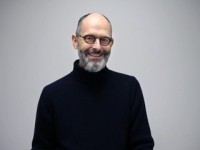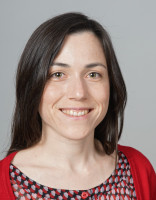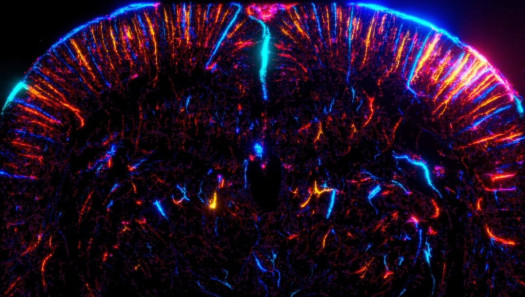Health & New Tech
Mental Health & Neurology
AXA Chairs
France
Abolishing frontiers between fundamental science and medicine : building on the potential of biomedical ultrasound
Breaking down the barriers of ultrasound: an unprecedented look at the human bod
«Conventional Ultrasound (also called sonography), enables us to see inside the body, the same way we see the world through our eyes, with approximately the same resolution and frame rate. That’s why we call it the television of the human body, he explains. In the last twenty years I developed with my colleagues technologies such as ultrafast Ultrasound, neurofunctional ultrasound and ultrasound microscopy that drastically pushes back the spatio-temporal frontiers of ultrasound. Now we can see 10 000 images per second at micrometric resolution, and detect subtle changes in tiny vessels». Seeing inside the body at such microscopic scale has major implications for biomedical research. «To give you an example, this technology enables us to see very small blood vessels, which were invisible before, the researcher explains. A disease, before it reaches the bigger blood vessels, starts in these capillaries. If we can see changes we were not able to see before, we can understand fundamentals of the human body, and we can also establish earlier diagnosis of major diseases. It also enable us to image brain neuronal activity with portable ultrasound devices, a revolution for neuroscience». The biomedical ultrasound technologies developed by prof. Tanter’s team also have therapeutic applications: «Ultrasound can be used for non-invasive surgical purposes as well. For instance, we’ve developed a technique that can restore the elasticity of cardiac valves in elderly people, which is a far less risky intervention than surgery».
The framework of the AXA-INSERM Chair will not only facilitate the research aspects of the program, it will also ensure the outputs find their way to the medical field. Diffusion will be ensured by giving access to the technologies to collaborators of other areas, providing user trainings, answering users’ needs and feedbacks, and training students and young researchers to work at the interface between fundamental physics, applied physics and translational research.
Learn more about Prof. Tanter's research project

Mickaël
TANTER
Institution
Institut National de la Santé et de la Recherche Médicale
Country
France
Nationality
French
Related articles
Mental Health & Neurology
AXA Chair
Belgium
Neuropsychiatric Diseases and Basal Ganglia: Underlying Mechanisms
A central hub in the brain, the basal ganglia governs a diverse array of functions including voluntary movement, procedural memory, habit... Read more

Alban
DE KERCHOVE D'EXAERDE
Université libre de Bruxelles
Mental Health & Neurology
Pandemics & Infectious Diseases
Joint Research Initiative
Belgium
Towards a Sustainable Return to Work after Burnout or Depression
The COVID-19-crisis is likely to impact even further the number of people suffering from such disorders and their return to... Read more

Lode
GODDERIS
University of KU Leuven
Mental Health & Neurology
Women's Health
Pandemics & Infectious Diseases
AXA Award
Spain
The Effects of the COVID-19 Pandemic on the Mental Health of Mothers and Newborns
Early results are expected in less than 12 months and will help bridge a critical gap in research. Indeed, “in... Read more

Maria
FORASTER
